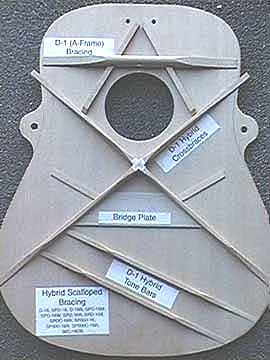I'm not arguing the worth of the buttresses at all, as I think they're a great idea and surely open up new directions in bracing, but there are millions of "traditional" guitars with zero issues built the old way, also. Tons of old, pretty lightly built Martins and Gibson's that were less than cared-for carefully. On my own front, I haven't seen any inclination to imploding on anything I've built in the past 11 years. And while I haven't sent any to Antarctica, I happen to live in a sub-arctic climate(our town's record cold temperature is -73°f), and have, and so have some of my clients, lugged my instruments around in sleighs, behind snowmobiles, in temperatures exceeding -40, on our way to our bush camps for weekend outings. So cold we top up the camp's 100 lb propane tanks by pouring the now liquid propane from smaller, more portable 20 lb tanks!(instead of hauling the 100 pounders back and forth). I've even tossed my own guitar and mandolin in the front seat of my truck in extreme temperatures, overnight, and took them back inside the next day for a super fast warming. Apart from the shattered finish on the nitro finished ones, not a single glue joint has ever let go on these, nor has any of them imploded, nor do they show signs of imploding whatsoever, while at the same time being very lightly built.
So, while there's nothing wrong with the new ways, but there's also a lot to be said for the old timey stuff, too, if done carefully and correctly.
|

